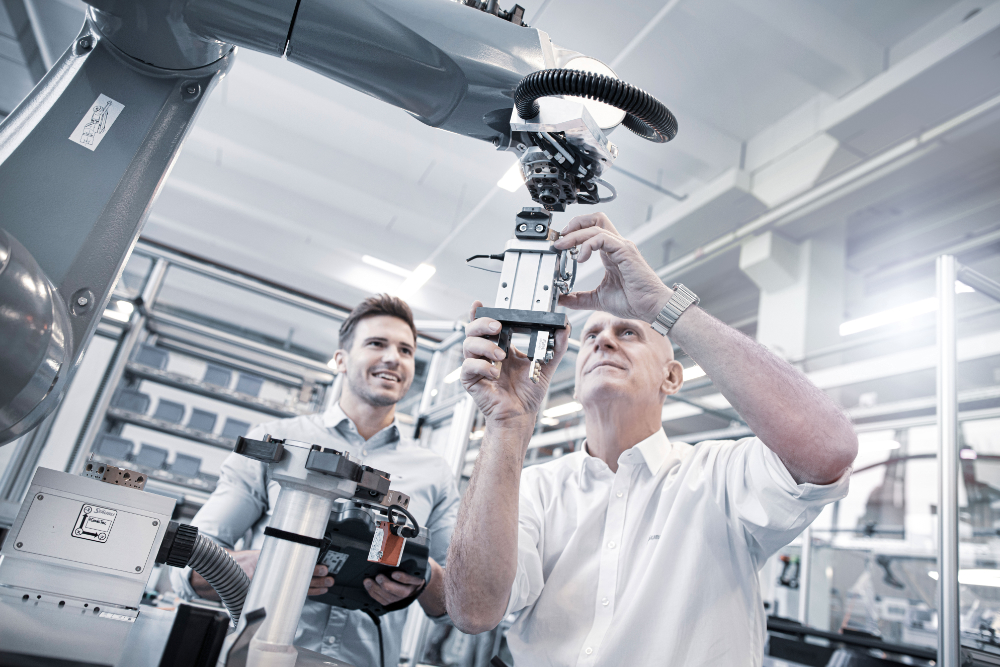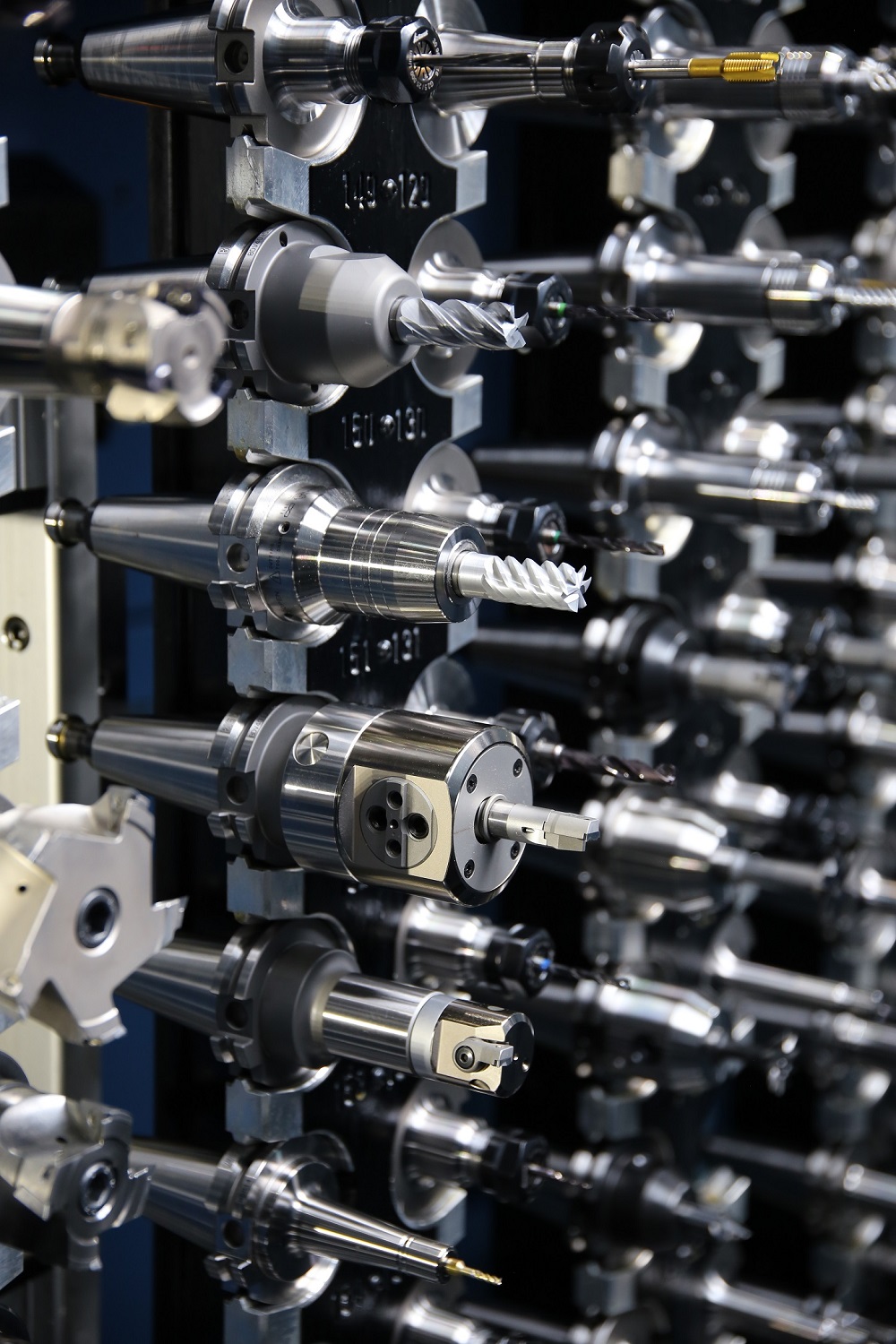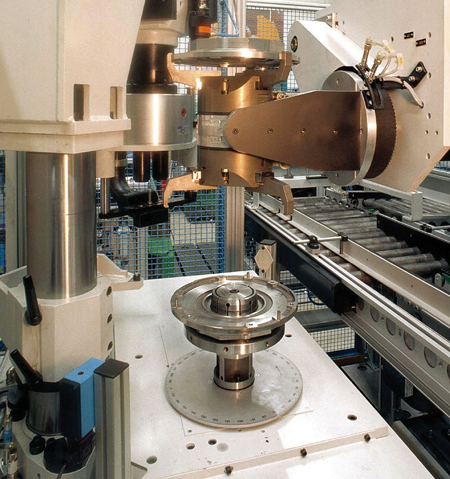Driven by the potential for data networking of future-oriented manufacturing concepts under the heading of Industry 4.0, Stäubli Fluid Connectors is introducing a new end-of-arm tooling range in partnership with FIPA GmbH.
Both system developers and system operators will benefit from this partnership. From Stäubli’s perspective, the new arrangement not only reduces interface problems, but eliminates time-consuming co-ordination with various points of contact.
In short, the automation of material handling processes requires expertise and precise planning. Stäubli Fluid Connectors relies on many years of experience in the development of individual solutions and offers comprehensive support. From the analysis of framework conditions and application requirements, through the concept and CAD planning of the system, to the delivery of all components, Stäubli Fluid Connectors offers a complete service package.
The more durable an end-of-arm tooling solution is, the longer it can remain productive and generate revenue. In today’s environment a general scarcity of resources heightens this effect, therefore extended periods of use and operation are desirable from both an ecological and an economic point of view.
With the uncertainty of which robot applications will be required in the future, Stäubli Fluid Connectors offers a high level of flexibility inherent in its solutions. The systems should be adaptable to meet new requirements at any time, within the scope of a re-tooling or retrofit project, for example. In this way, durable products achieve long life.
Stäubli Fluid Connectors is represented by subsidiaries around the globe. This local presence is an important factor in ventures such as the new FIPA partnership. Of course, notwithstanding standardisation across borders and continents, it is also necessary to take country-specific directives and standards into account.
For further information www.staubli.com



















